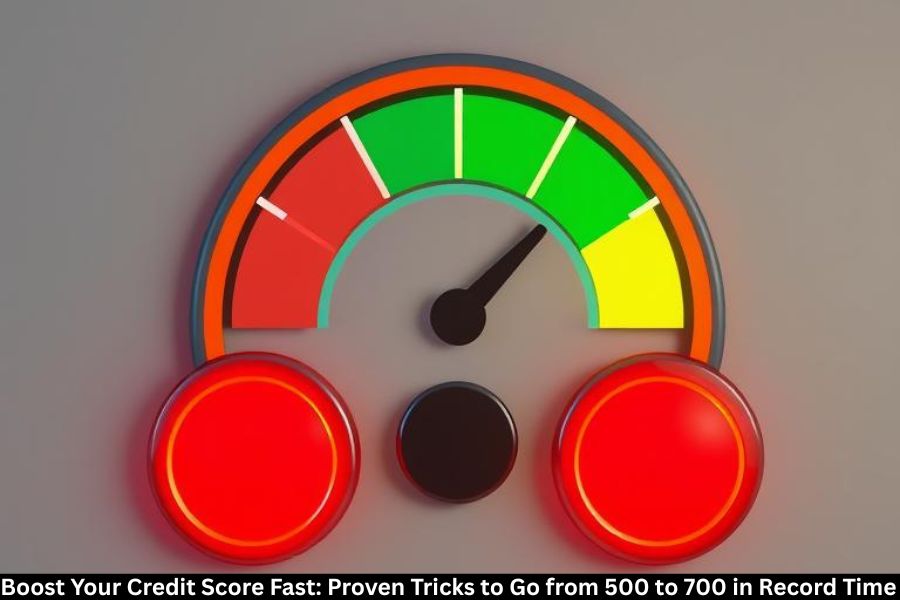Thinking about refinancing your mortgage? You’re not alone. With fluctuating interest rates and evolving financial goals, homeowners are constantly looking for ways to cut costs. Mortgage refinancing can reduce your payments, shorten your loan term, or even free up cash for other needs. However, timing, rate changes, and rules like the 2% rule and 80/20 rule play a huge role in whether refinancing will actually save you money.
What Is Mortgage Refinancing?
In simple terms, refinancing means replacing your existing mortgage with a new one—usually with better terms. You still owe the same home loan, but under new conditions that can lower your payments, interest rate, or both.
How It Differs from a New Mortgage
While a new mortgage helps you buy a home, refinancing focuses on improving your current loan. Think of it like trading in your old car for a newer, more efficient model—but for your mortgage.
Why Consider Refinancing Your Mortgage?
People refinance for several reasons:
- To lower interest rates: A reduced rate can significantly cut monthly payments.
- To shorten loan terms: Switching from a 30-year to a 15-year term builds equity faster.
- To access home equity: Cash-out refinancing lets you use your home’s value for big expenses.
- To change loan types: Moving from an adjustable-rate to a fixed-rate mortgage can add stability.
How Does Refinancing Save You Money?
The biggest reason homeowners refinance is to save money. Lower interest rates mean reduced monthly payments, but that’s not all.
Reducing Monthly Payments
Even a small rate drop—say 1%—can save hundreds each month.
Cutting Down Interest Costs
Over 30 years, shaving 1-2% off your rate can save tens of thousands of dollars.
Consolidating Debt
Some borrowers use refinancing to pay off high-interest debts, combining them into one manageable loan.
What Is the 2% Rule for Refinancing?
The 2% rule is a classic guideline suggesting that refinancing only makes sense if your new interest rate is at least 2% lower than your current one.
Is the 2% Rule Still Relevant?
While useful, it’s not a one-size-fits-all rule. Even a 1% drop can make sense depending on your loan balance and how long you plan to stay in the home.
When It Makes Sense
If you have a large loan amount or plan to stay for several years, refinancing—even at a smaller rate difference—can still yield big savings.
What Is the 80/20 Rule in Refinancing?
The 80/20 rule means you should aim to refinance when you have at least 20% equity in your home.
Why It Matters
With 20% equity, you avoid paying Private Mortgage Insurance (PMI), saving hundreds per year.
Example
If your home is worth $300,000, you should owe no more than $240,000 to reach 20% equity. Refinancing at this point gives you the best terms.
Does Refinancing a Mortgage Really Save Money?
Yes—but only when done strategically.
Calculating Savings
Compare your current payment with the new one, factoring in closing costs and fees.
Break-Even Point
If it takes 2–3 years to recover refinancing costs, ensure you’ll stay in the home that long to see real savings.
Hidden Fees
Watch for appraisal, origination, and closing fees that can reduce your overall benefit.
How to Take 10 Years Off a 30-Year Mortgage
Want to build equity faster? Try these tactics:
- Refinance to a 15-year term: You’ll pay more monthly but save huge in interest.
- Make biweekly payments: Two smaller payments per month equal one extra yearly payment.
- Add extra to principal: Even small additional payments can shave years off your loan.
What Is a Good Rule of Thumb for Refinancing?
Generally, refinance if you can:
- Lower your rate by 1% or more
- Recover closing costs within 2-3 years
- Plan to stay in the home long-term
This ensures your refinancing benefits outweigh the costs.
Best Timing for Refinancing
The ideal time to refinance is when interest rates drop and your credit score improves. Economic downturns often bring lower rates—perfect for homeowners to act.
Steps to Refinance a Mortgage
- Check your credit score
- Shop around for lenders
- Compare loan options
- Gather documents (income proof, tax returns, etc.)
- Lock your rate and close the deal
Common Refinancing Mistakes to Avoid
- Refinancing too often
- Ignoring fees
- Extending the term unnecessarily
- Not comparing lenders
Avoid these traps to make your refinance truly profitable.
Tips to Maximize Savings from Refinancing
- Negotiate fees with lenders
- Improve your credit score before applying
- Refinance early in your mortgage term for maximum savings
Pros and Cons of Mortgage Refinancing
Pros
- Lower monthly payments
- Shorter loan terms
- Cash-out opportunities
Cons
- Closing costs
- Possible longer payoff period
- Risk of higher long-term interest if not planned carefully
Conclusion
Refinancing your mortgage can be a powerful financial tool—but only if done strategically. By understanding the 2% rule, 80/20 rule, and the break-even point, you can confidently decide whether refinancing will help you save money. Remember, the goal isn’t just a lower payment—it’s achieving financial freedom faster.
FAQs
1. What is the 2% rule for refinancing?
It suggests refinancing only if your new rate is at least 2% lower than your current one to ensure meaningful savings.
2. Does refinancing a mortgage save money?
Yes, if you secure a lower rate and stay in your home long enough to recover closing costs.
3. What is the 80/20 rule in refinancing?
It means you should have at least 20% equity in your home to avoid PMI and get better rates.
4. How to take 10 years off a 30-year mortgage?
Refinance to a 15-year term, make extra payments, or switch to biweekly payments.
5. What is a good rule of thumb for refinancing?
Refinance if you can lower your rate by at least 1% and recover costs within a few years.

